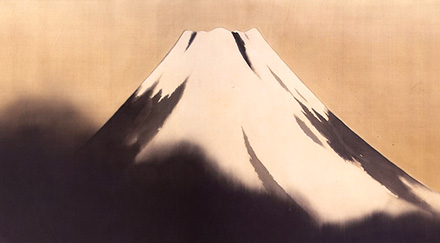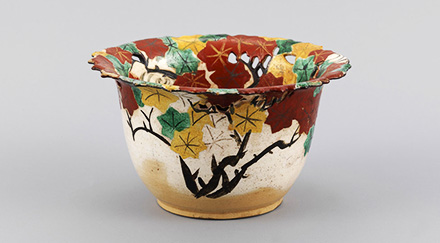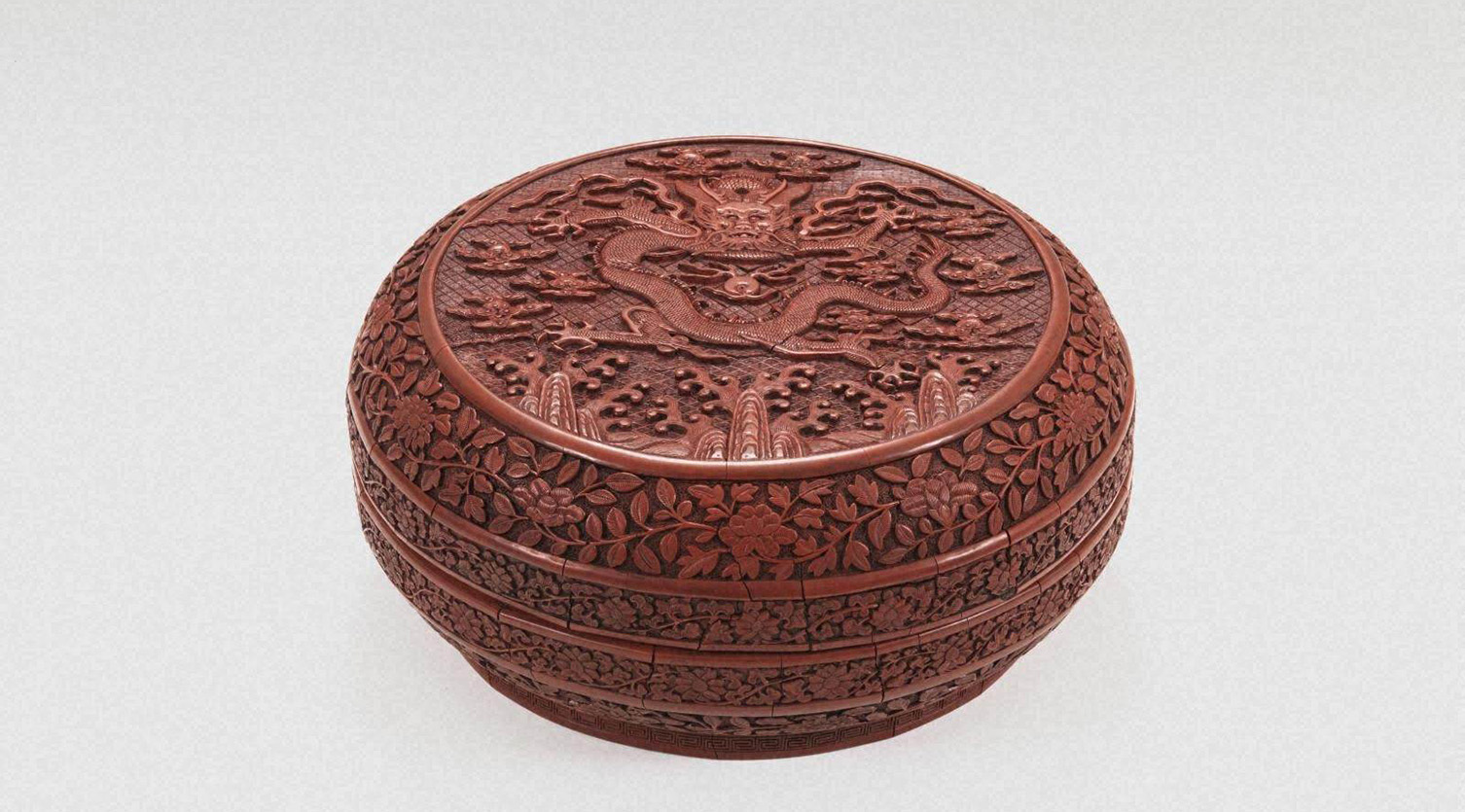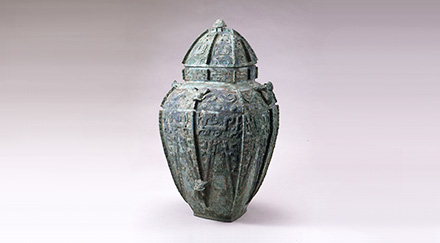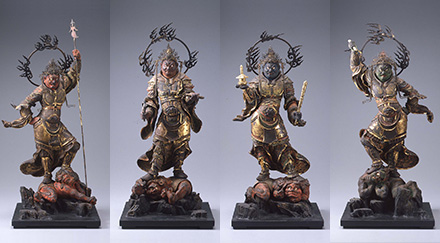【Currently closed】Paintings Depicting Love and Peace During the Edo Period
July 31 (Thursday),2025~December 07 (Sunday),2025
The Edo Period began with the establishment of the Tokugawa Shogunate by Tokugawa Ieyasu and extended from 1603 until 1867. Examples of such a period of peace, lasting over 260 years, are rare even in world history. It was a revolutionary and appealing period, with stable governance leading to economic growth and the rise of varied expressions of culture, including a wide range of genres of art.
This exhibit features a collection of Edo paintings revolving around "love" and "peace." It includes pieces depicting people enjoying peaceful times, scenes of relaxed everyday life, living creatures depicted with a tender touch, and messages of affection for family and loved ones. We hope you will receive these varied messages of love and peace in the spirit they were intended.
Feature Exhibit On Her 150th Anniversary of the Artist’s Birth:Uemura Shōen and Kyoto
Uemura Shōen (1875-1949) was a leading female painter representative of modern art from Kyoto. To celebrate her 150th birthday, three pieces from the museum's collection will be on special display. Shōen established an unshakable reputation for her elegant portrayal of women and was the first Japanese woman to be awarded the Order of Culture. Please enjoy these pieces alongside those of other Kyoto-based artists who significantly influenced Shōen, such as Maruyama Ōkyo(1733-95).
Feature Exhibit Enjoying the Colors of Japanese Ceramics
Japanese ceramics began with Jōmon pottery colored with red and black over 10,000 years ago, and have since been decorated in many colors, including white, blue, and green. These colors can only be achieved through a variety of conditions, including glazes and paints, the base material of stoneware or porcelain, firing temperature, and amount of air in the kiln.
This feature exhibit introduces about 25 pieces from the 2nd to 18th century, divided into four colors: red, white, blue, and green. Please enjoy these Japanese ceramics, whose characteristics differ depending on the era and place of their production, even when they are of the same color.
※Due to popular demand, the exhibition period for Feature Exhibition - Enjoying the Colors of Japanese Ceramics has been extended.
Introduces some of the artworks currently on display.


Itō Jakuchū
Peacock and Phoenix
Edo period ca.1755 (Hōreki 5)

Shûgakuin Imperial Villa
Early Edo period 17th century

Utagawa Hiroshige
The Hot-Spring Resort and Mt. Fuji beyond the Lake at Hakone
Late Edo period mid-19th century

Watanabe Kazan
Insects and Fish
Edo period 1841 (Tenpō 12)

Tagasode (Cloth-stand with Kimonos)
Beginning of Edo period 17th century

Uemura Shôen
Evening Cool
Shōwa period first half of the 20th century

Uemura Shôen
Woman Reading a Book
Taishō period to Shōwa period first half of the 20th century-


Important art
Peacock and Phoenix
Itō Jakuchū Edo period ca.1755 (Hōreki 5) -


Shûgakuin Imperial Villa
Early Edo period 17th century -


The Hot-Spring Resort and Mt. Fuji beyond the Lake at Hakone
Utagawa Hiroshige Late Edo period mid-19th century -


Insects and Fish
Watanabe Kazan Edo period 1841 (Tenpō 12) -


Tagasode (Cloth-stand with Kimonos)
Beginning of Edo period 17th century -


Evening Cool
Uemura Shôen Shōwa period first half of the 20th century -


Woman Reading a Book
Uemura Shôen Taishō period to Shōwa period first half of the 20th century



